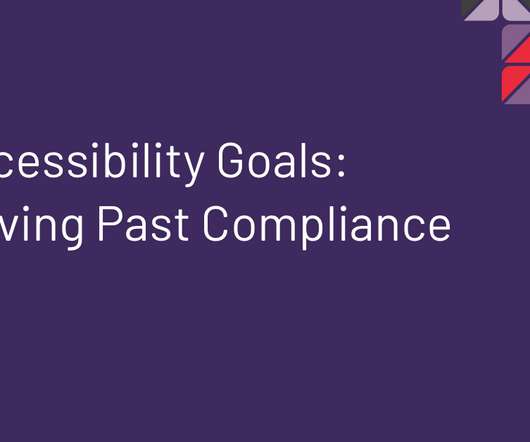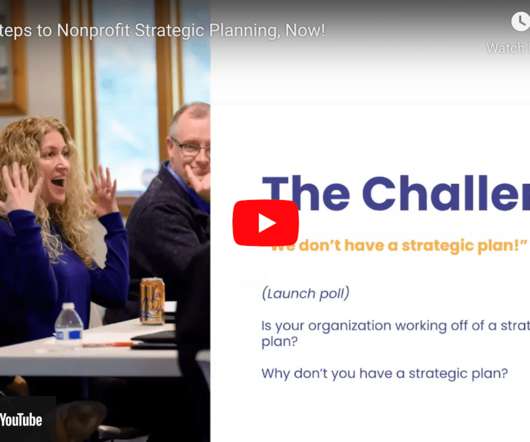Social Media, Networking, and African Women’s Leadership Training in Rwanda
Beth's Blog: How Nonprofits Can Use Social Media
MAY 15, 2012
I was honored to be a trainer as part of the launch of the ACE Leaders Project, a program developed by the Institute of International Education Sub-Saharan Regional Office and supported by the Packard Foundation. Here’s a few facilitation techniques that I learned from documenting the session.

























Let's personalize your content